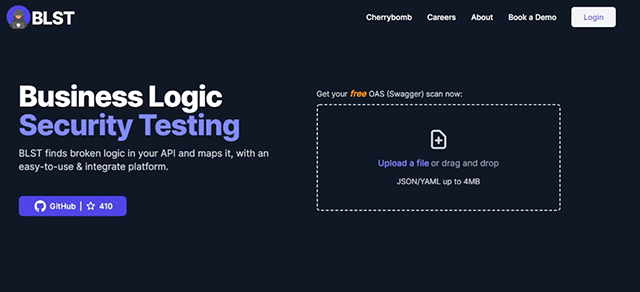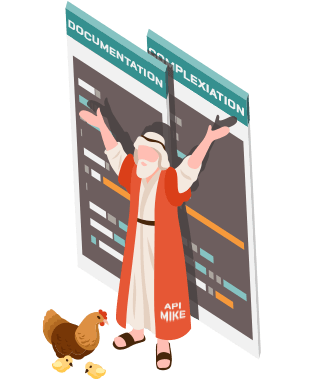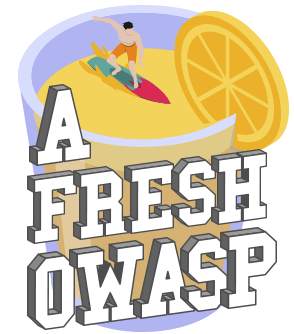What is it and why use OAS?
Open API standards are becoming increasingly common for describing and documenting APIs. One benefit of using an Open API specification is that you can make documentation and specifications from client code. Another benefit is that many API management tools support the Open API specification.
In brief, OAS (OpenApi Specification) is a standard, language-agnostic interface to RESTful APIs which allows both humans and computers to discover and understand the capabilities of the service without access to source code, documentation, or through network traffic inspection.
Here are some advantages of using an OpenAPI Specification:
- Language-agnostic: An OpenAPI Specification is written in YAML or JSON and is completely language-agnostic. This means that any language can be used to write an OpenAPI Specification document.
- Machine-readable: An OpenAPI Specification document is meant to be read by both humans and computers. This means that the document can be used by tools to automate processes, such as code generation.
- Comprehensive: An OpenAPI Specification document should include everything that is necessary to describe the API. This includes the URL of the API, the methods supported by the API, the parameters that can be passed to the API, and the response format of the API.
- Easy to use: An OpenAPI Specification document should be easy to read and understand. This means that the document should be well-organized and use simple language.
- Open: An OpenAPI Specification document should be open to anyone who wants to use it. This means that the document should be available to anyone who wants to use it, without restriction.
OpenAPI tools
The libraries and tools listed below, categorized by implementation technology, can assist you in creating an OpenAPI Specification (OAS) document for your present REST API application.
GO
swag automatically generates RESTful API documentation with Swagger 2.0 – swaggo/swag
– go-swagger brings to the go community a complete suite of fully-featured, high-performance, API components to work with a Swagger API: – Swagger 2.0 implementation for go
Ruby
zero-rails_openapi generating OpenAPI Specification 3 (OAS3, formerly Swagger3) JSON documentation for Rails application. – zhandao/zero-rails_openapi–
rspec-openapi Generate OpenAPI schema from RSpec request specs. – rspec-openapi–
rswag expands the “request specifications” of rspec-rails with a Swagger-based DSL for defining and testing API activities. – rswag –
The grape-swagger gem provides an autogenerated documentation for your Grape API – ruby-grape/grape-swagger–
Swagger::provides an autogenerated documentation for your Grape API – fotinakis/swagger-blocks–
openapi-rails is a CRUD interface for Rails models with OpenAPI (Swagger) specification support and Swagger UI integration – slate-studio/openapi-rails
PHP
wagger-php is a php swagger annotation and parsing library which generates interactive OpenAPI documentation for your RESTful API using doctrine annotations. – zircote/swagger-php
NodeJs
swagger-autogen performs the automatic construction of the Swagger documentation – swagger-autogen – npm-
NestJS provides a dedicated module which allows generating OpenAPI (Swagger) – nestjs/swagger – swagger-express is a solution to integrate swagger with express – swagger-express – npm – express-oas-generator generate OpenAPI (Swagger) specification for existing ExpressJS 4.x REST API applications – express-oas-generator – npm – hapi-swagger is a OpenAPI (aka Swagger) plug-in for Hapi When installed it will self document the API interface in a project – hapi-swagger – npm
Python
drf-spectacular generate a schema for api – tfranzel/drf-spectacular–
Flask-RESTX is an extension that adds support for quickly building REST APIs – python-restx/flask-restx – Falcon-apispec generates OpenAPI specification for Falcon web applications – alysivji/falcon-apispec drf-yasg – generates schema for django application – axnsan12/drf-yasg
Java
JAX-RS is a java implementation of the OpenAPI Specification. – swagger-api/swagger-core–
The Swagger Maven Plugin generate Swagger specs and customizable, templated static documents during the maven build phase – kongchen/swagger-maven-plugin
Spring
Springfox – springfox/springfox The springdoc-openapi helps automating the generation of API documentation using Spring Boot projects springdoc/springdoc-openapi
ASP.NET Core
The two OpenAPI implementations for .NET are Swashbuckle and NSwag. – ASP.NET Core web API documentation with Swagger / OpenAPI | Microsoft Docs–
OpenAPI.NET SDK – microsoft/OpenAPI.NET
OpenAPI Development Process
The ability to access the enormous tool ecosystem that surrounds OpenAPI is a big benefit.
There are many free and paid tools that help API developers build, test, document, and make support code for their APIs.
Even for API validation, you have OpenAPILint, Spectral, BLST OAS Scanner. However, the hundreds of lines of code in the APIs still need tedious learning, comprehending, and overwhelming testing difficulties. So I want to talk about a new tool on the block that is really a game changer and goes by the name CherryBomb.
Imagine having an online tool all in one that generates a comprehensive real-time endpoints map and guides you along using a params table. Wouldn’t that be sweet?
Actually, I always say that a picture is worth a thousand words, but seeing it for yourself is worth ten times that. So to make things short, click the link to blstsecurity.com, upload your own OpenAPI specification file (it can be a JSON or YAML file), and check the results.

Contribute, like it and use it 
In conclusion
Open API standards are becoming increasingly common for describing and documenting APIs. OAS (OpenApi Specifcation) is a standard interface to RESTful APIs which allows both humans and computers to discover and understand the capabilities of the service without access to source code, documentation, or through network traffic inspection. One benefit of using an Open API specification is that you can make documentation and specifications from client code. Another benefit is that many API management tools support the Open API specification.
It is also very important to check your API specification with up-to-date tools like the ones that BLST Security offers online and for free.




